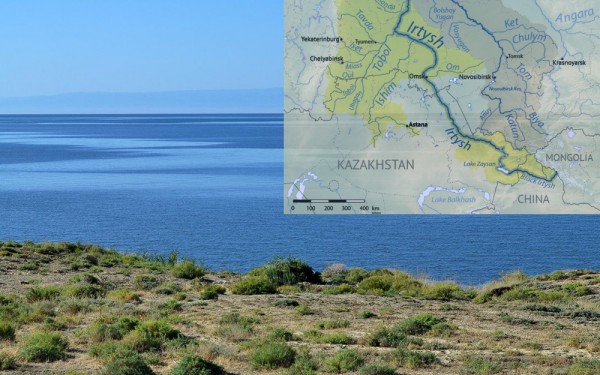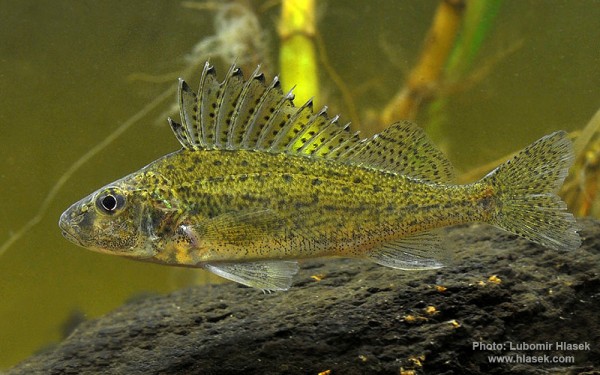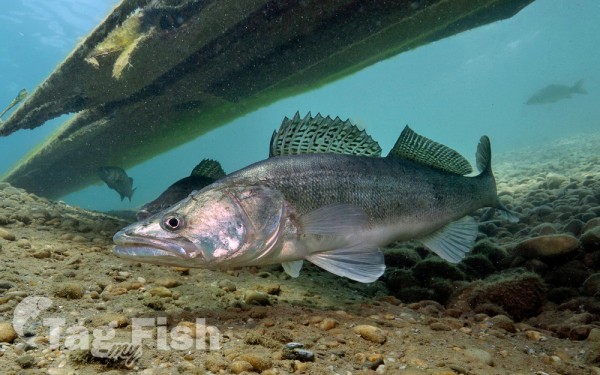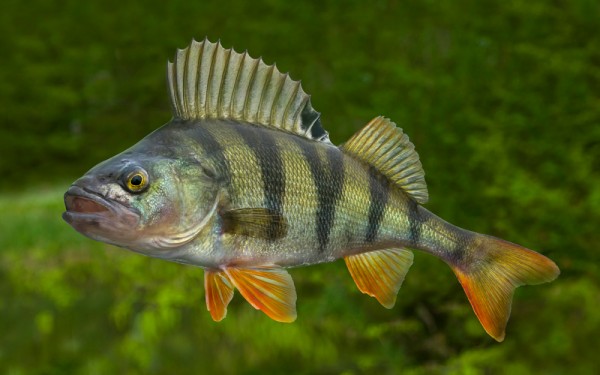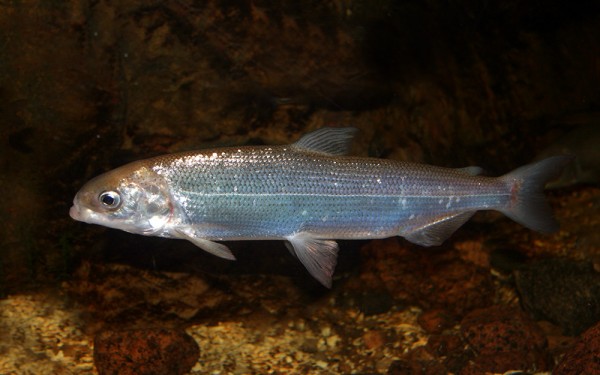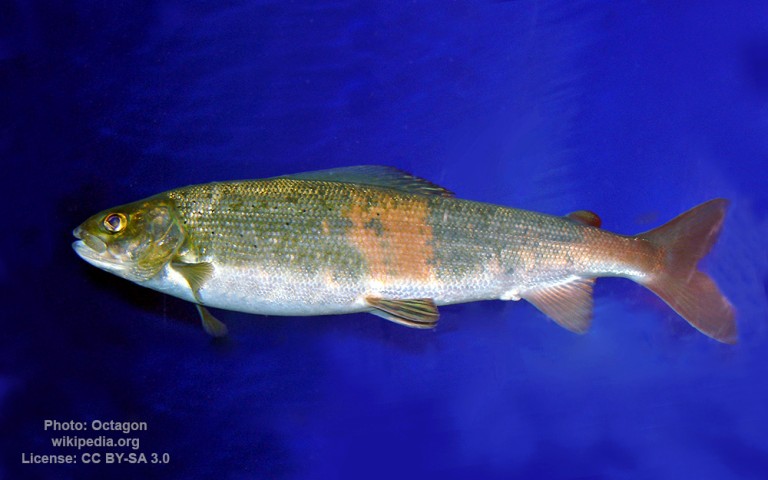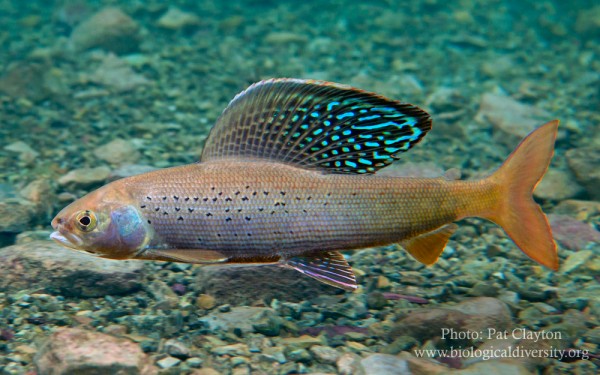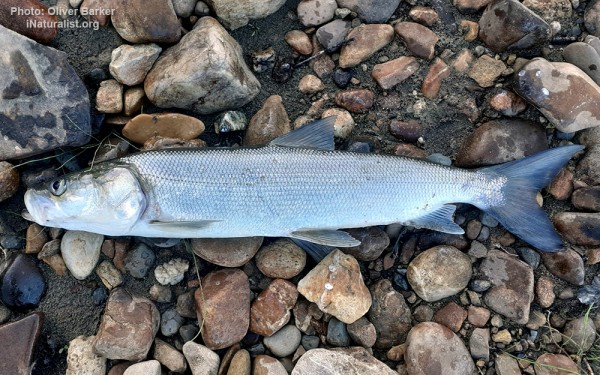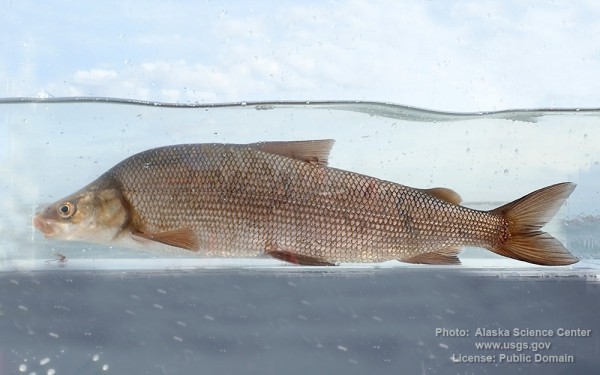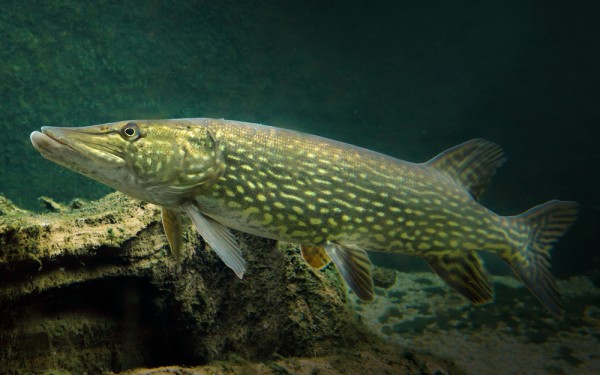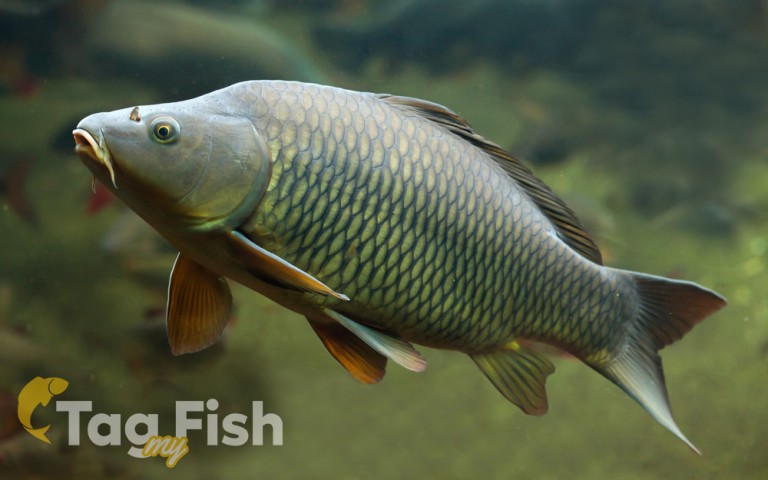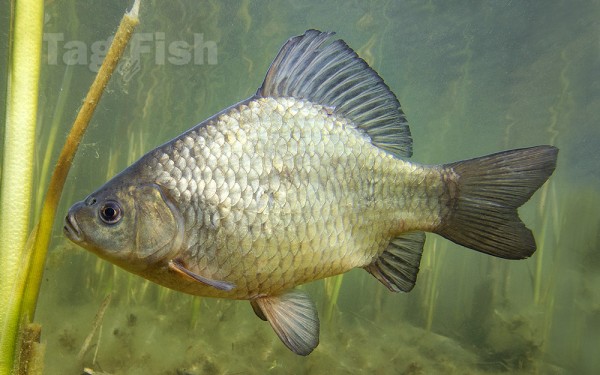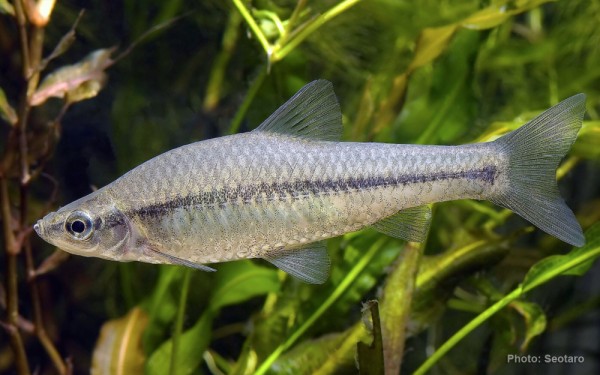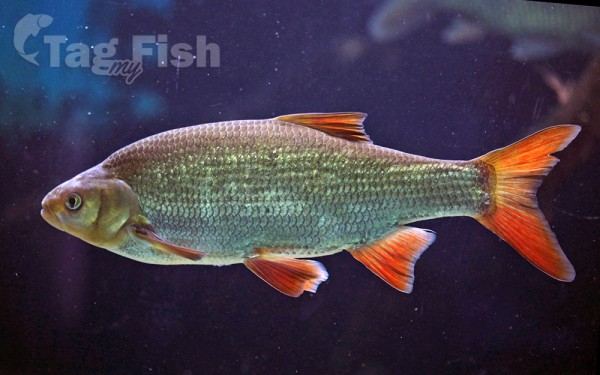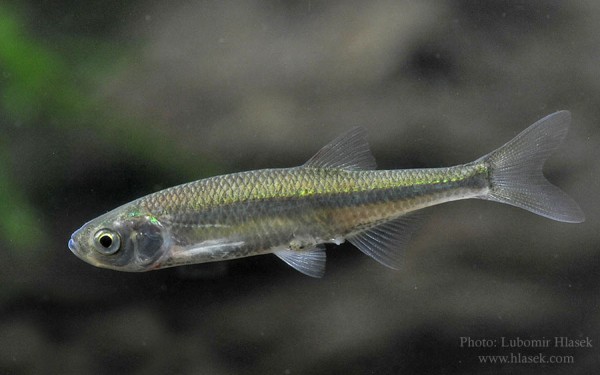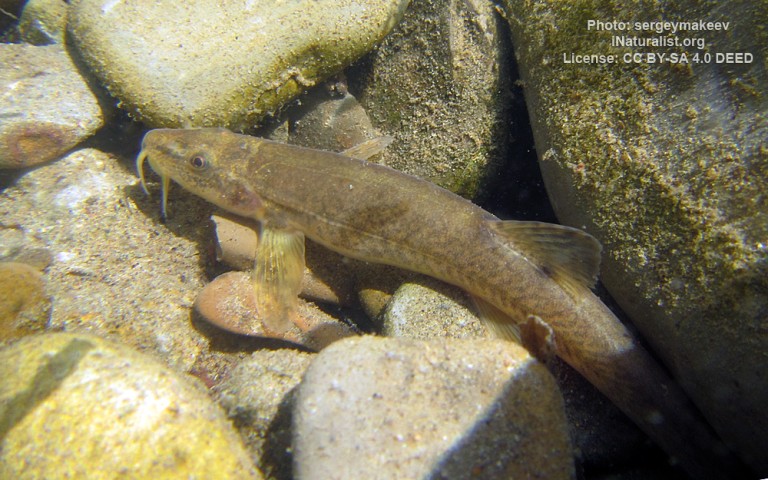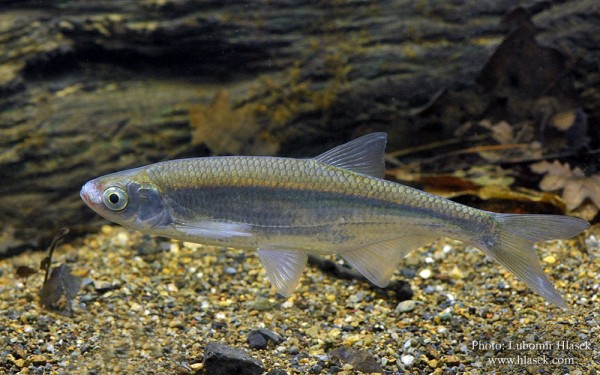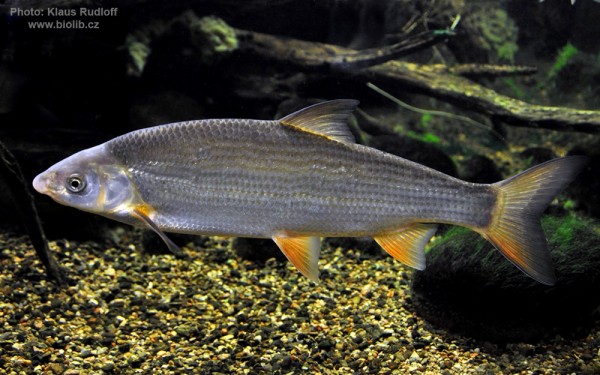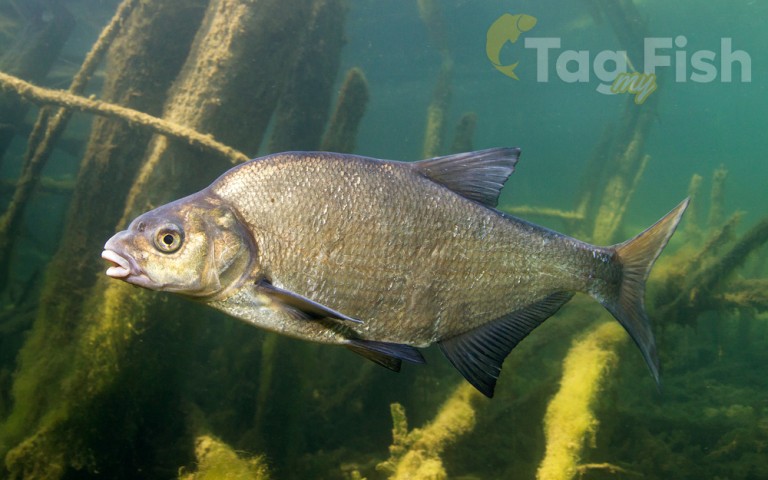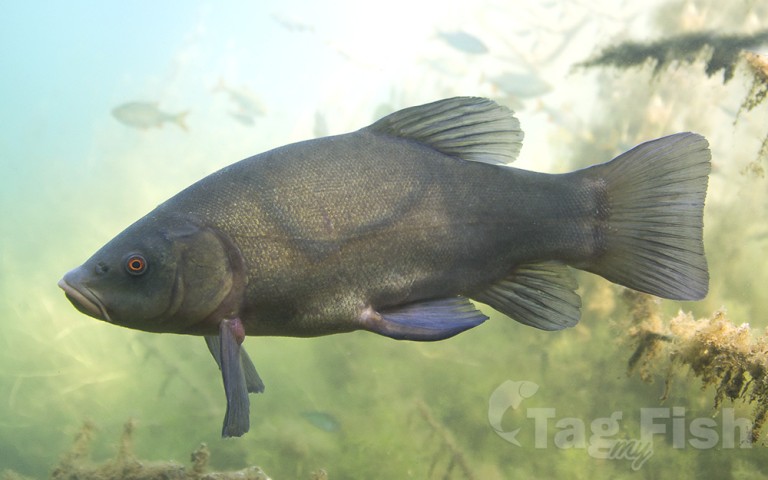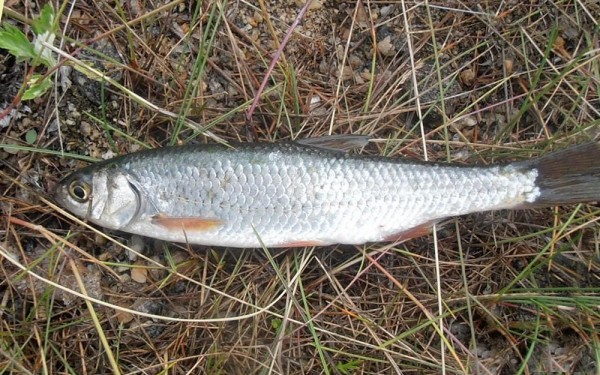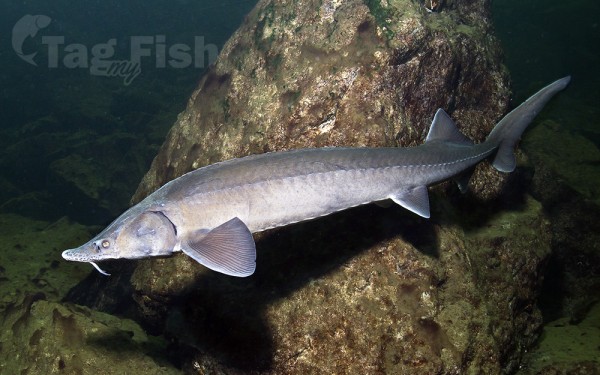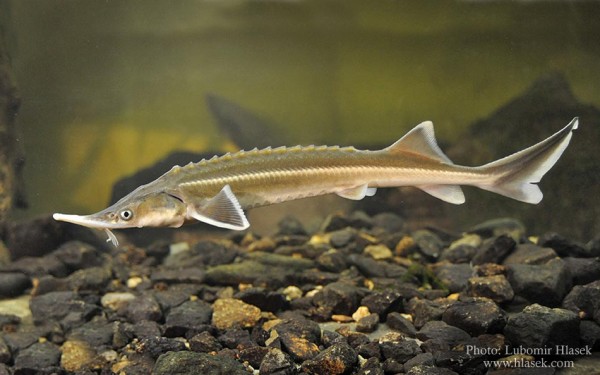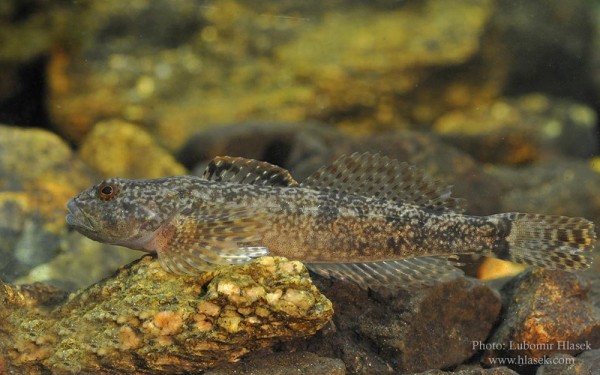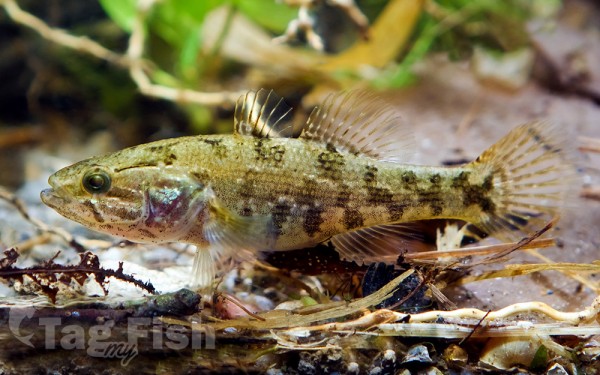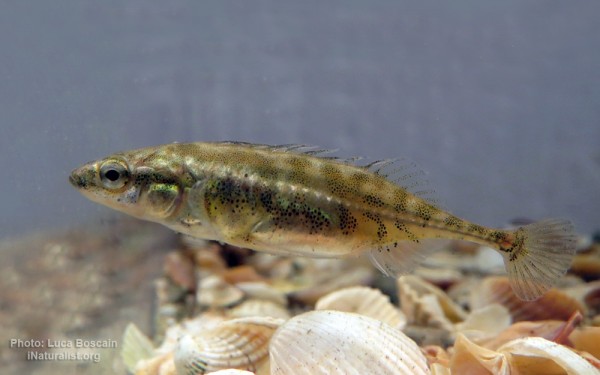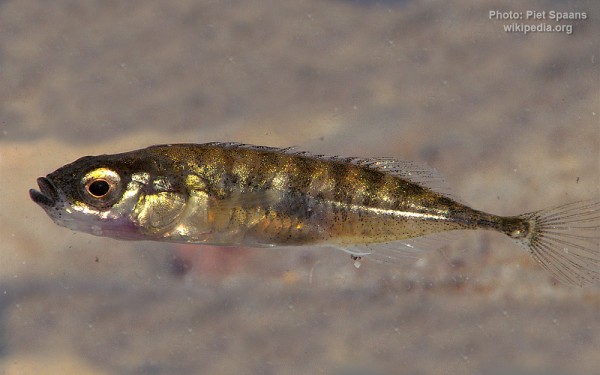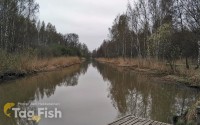Irtysh
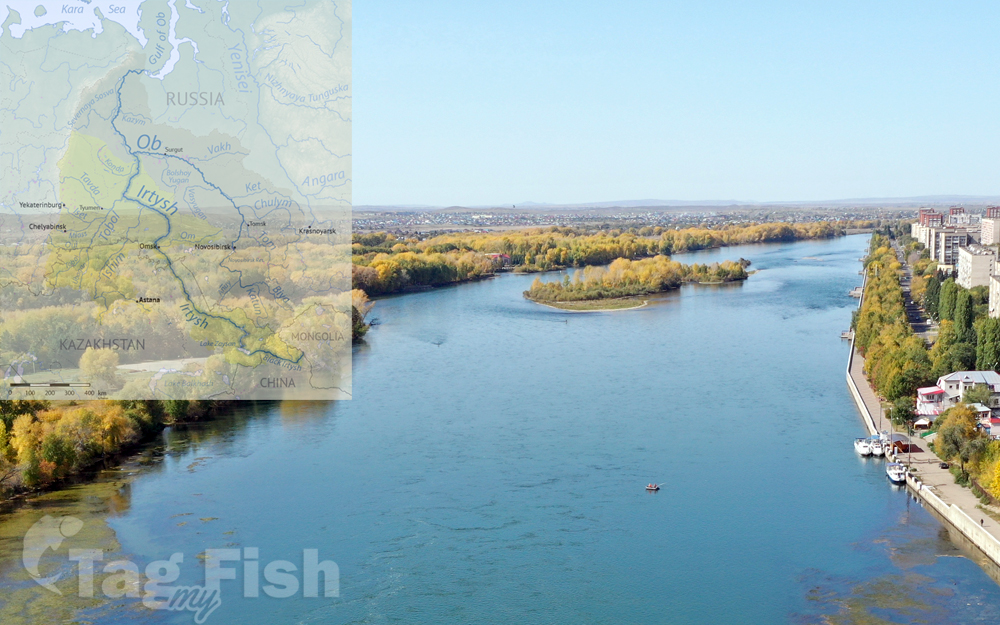
Natural lakes
Perciformes - Perches
Salmoniformes - Salmons and Trouts
Esociformes - Pikes
Cypriniformes - Carps
Acipenseriformes - Sturgeons and Paddlefish
Scorpaeniformes - Mail-cheeked fishes
Gobiiformes - Gobies
Gasterosteiformes - Sticklebacks
Perciformes - Perches
Salmoniformes - Salmons and Trouts
Esociformes - Pikes
Cypriniformes - Carps
Acipenseriformes - Sturgeons and Paddlefish
Scorpaeniformes - Mail-cheeked fishes
Gobiiformes - Gobies
Gasterosteiformes - Sticklebacks
The Irtysh is a river in Russia, China, and Kazakhstan. It is the chief tributary of the Ob and is also the longest tributary river in the world.
The source lies in the Mongolian Altai in Dzungaria (the northern part of Xinjiang, China) close to the border with Mongolia.
Main tributaries include the Tobol, Demyanka, and Ishim. The Ob-Irtysh system forms a major drainage basin in Asia, encompassing most of Western Siberia and the Altai Mountains.
From its origins as the Kara-Irtysh (Vast Irtysh, kara means Vast in Turkic languages but also black. But in the context and geographic terms usually refers vast) in the Mongolian Altay mountains in Xinjiang, China, the Irtysh flows northwest through Lake Zaysan in Kazakhstan, meeting the Ishim and Tobol rivers before merging with the Ob near Khanty-Mansiysk in western Siberia, Russia after 4,248 kilometres (2,640 mi).
The name Black Irtysh (Kara-Irtysh in Kazakh, or Cherny Irtysh in Russian) is applied by some authors, especially in Russia and Kazakhstan, to the upper course of the river, from its source entering Lake Zaysan. The term White Irtysh, in opposition to the Black Irtysh, was occasionally used in the past to refer to the Irtysh below lake Zaysan; now this usage is largely obsolete.
